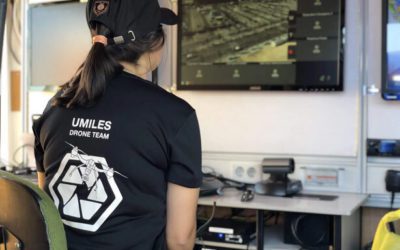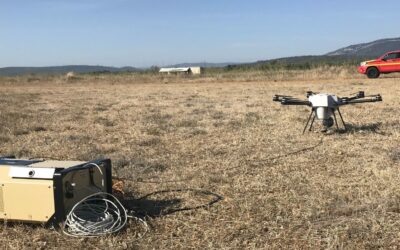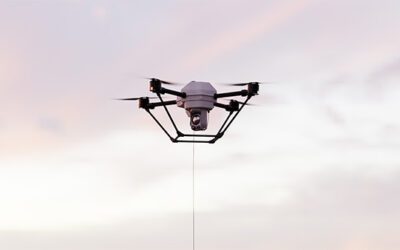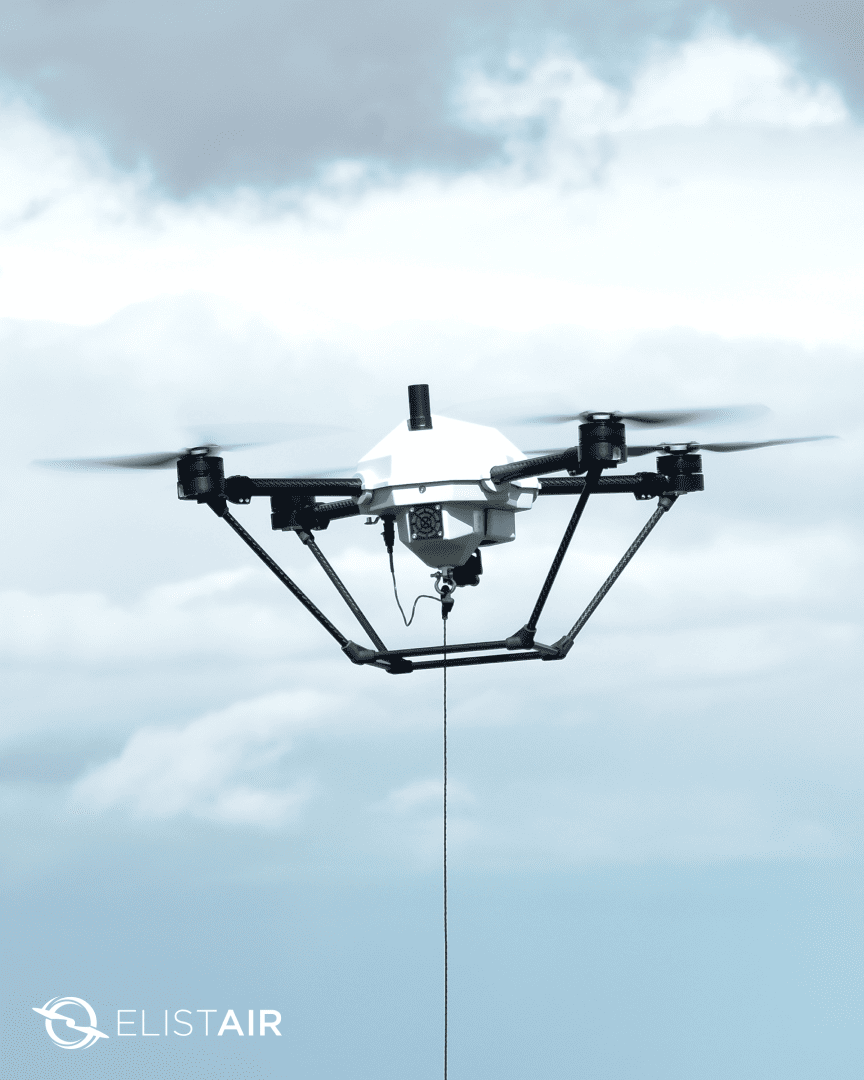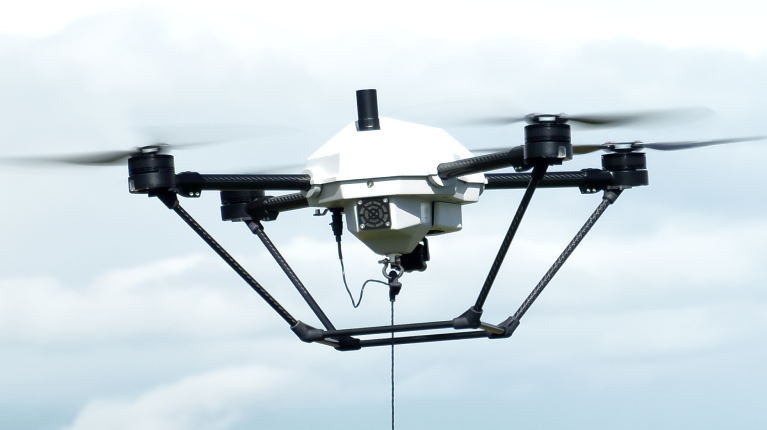A Comparison of Persistent Aerial Surveillance Solutions
Elistair Team
5 minutes
In many situations, having a permanent eye in the sky to guide the activities of men on the ground is a crucial asset. A non-exhaustive list can include firefighting, Emergency First Responder awareness, police and military operations, border surveillance or crowd-control. For instance, it allows firefighters to monitor how a forest wildfire spreads and how to contain it, it helps police forces to control crowds, or military units to scout for enemies and IEDs without being endangered.
For all these uses, manned vehicles were the only solutions up until a few years ago. The recent growth of unmanned aerial systems is quickly changing the competitive landscape, with the rise of new, cost-effective, risk-free unmanned solutions. Some of the missions still need manned vehicles because of the complexity of the task, but for most of them, the cost effective choice is to use unmanned vehicles [1].
For persistent aerial surveillance, these devices need to have a few mandatory characteristic features: they need to be safe and secured, easily deployed, weather resistant and persistent. Many of the missions take place in complex environment, so a good combination of all these qualities is required.
When it comes to unmanned aerial observation on the field, there are a few options that can be used, with their advantages and drawbacks. Here are the main devices that can be used in these situations:
Observation masts – These are telescopic masts that can be installed on vehicles like pickup trucks. A mast can be deployed when the vehicle is at a stop, reaching heights usually inferior to 32 meters.
Helikites – These aerial systems are hybrid devices, at the interface between aerostats and kites. Made of a helium balloon combined with kite wings, they necessitate helium bottles to be inflated. Their wings give them better wind capability than regular aerostats and their height of flight can reach up to 1,000 meters. They are tied to a fix or moving point with a strengthened cable.
Free flying drones – Drones come in various sizes and shapes. They can have fixed or rotary wings, and carry payloads from a few hundred grams to a hundred kilos. Despite their great capabilities, there are a few drawbacks to their use for persistent missions: their autonomy of 15 minutes in average, the legislation in most of the countries and the safety issues related to batteries and communications.
Tethered drones – These drones are directly linked to a ground-based power source, allowing them to fly for several hours to several days without having to recharge batteries. Tethered drones usually don’t fall under the same legal category as free flying drones, as they are considered safer and more reliable than their counterparts, thanks to their secured volume of flights and communications. Beneficiating from GPS positioning, these systems can be fully automated.
Comparison of their characteristics – In a recent paper published by Dr Stephen Prior [2], a comparison of the advantages and drawbacks of all these systems has been made. This comparison has been summarized in chart 1.
Tethered drones get the best overall score in this comparison, with average to very good results in each criterion. Their main advantages are their speed and ease of deployment (automated, under a minute), their endurance, their range (up to 150 meters) and their safety (‘un-hackable’ communications, secured volume of flight) and their discretion.
At the core of tethered drone systems is the tethering link and the tether management system. In order to fit the requirements of persistent aerial missions, such tethering technologies need to ensure: a sufficient height of flight, a reliable power supply, a secured data transfer and an automated tether management. Tethering stations with these capabilities allow for the “on-demand” transformation of free flying drones into tethered drones.
For example, the SAFE-T system (illustration 1) designed and manufactured by Elistair, is compatible with standard drones on the market, therefore suppressing most of the former’s drawbacks regarding persistent surveillance missions. Such systems also allow for a great flexibility of aircrafts and payloads, better suited to fulfill each mission requirements.
REFERENCES
[1] Mailey C. (2013) Are UAS More Cost Effective Than Manned Flights?
[2] Dr Prior S. (2015) Tethered Drones for Persistent Aerial Surveillance Applications. August.


